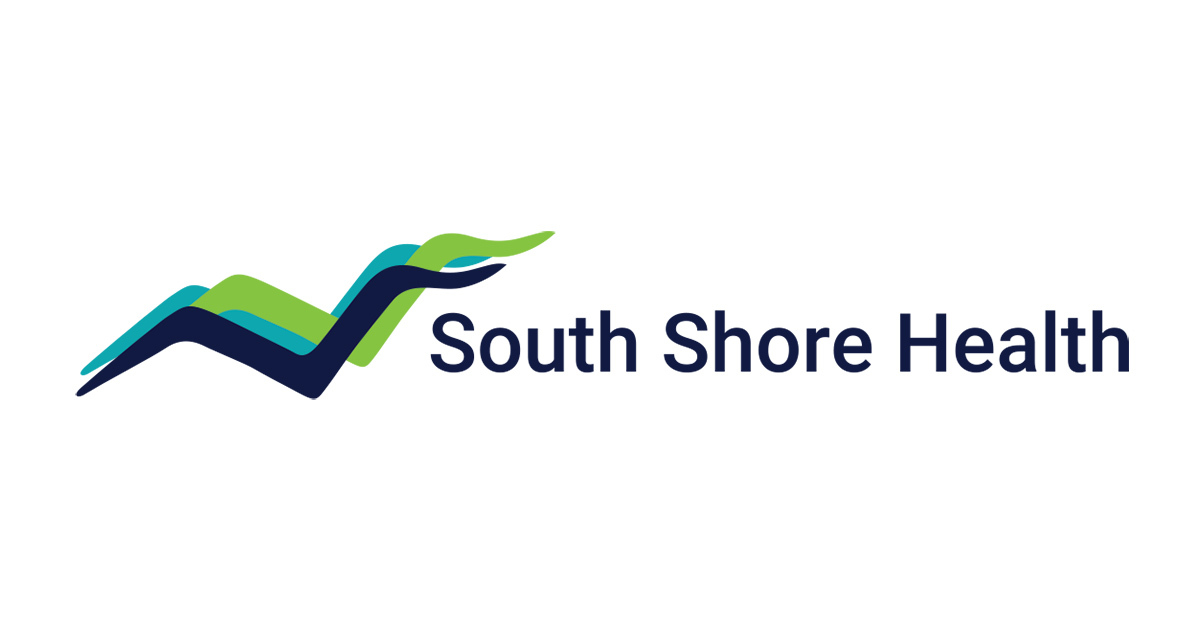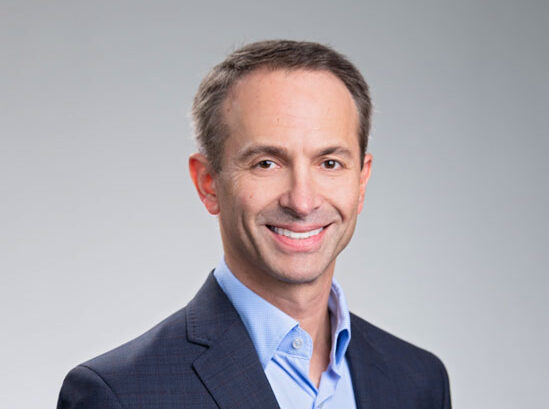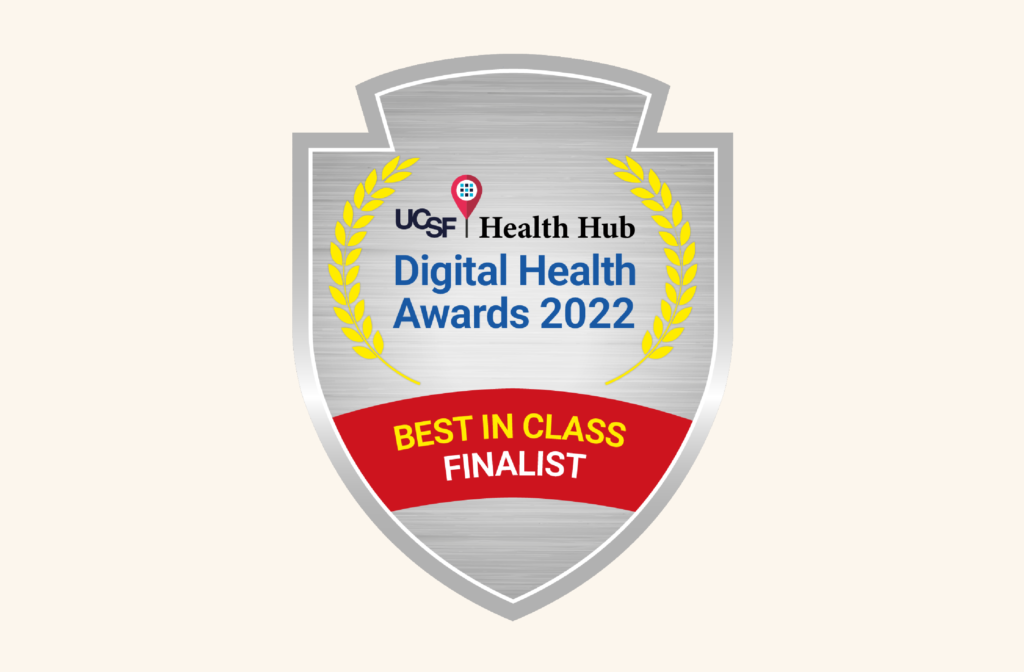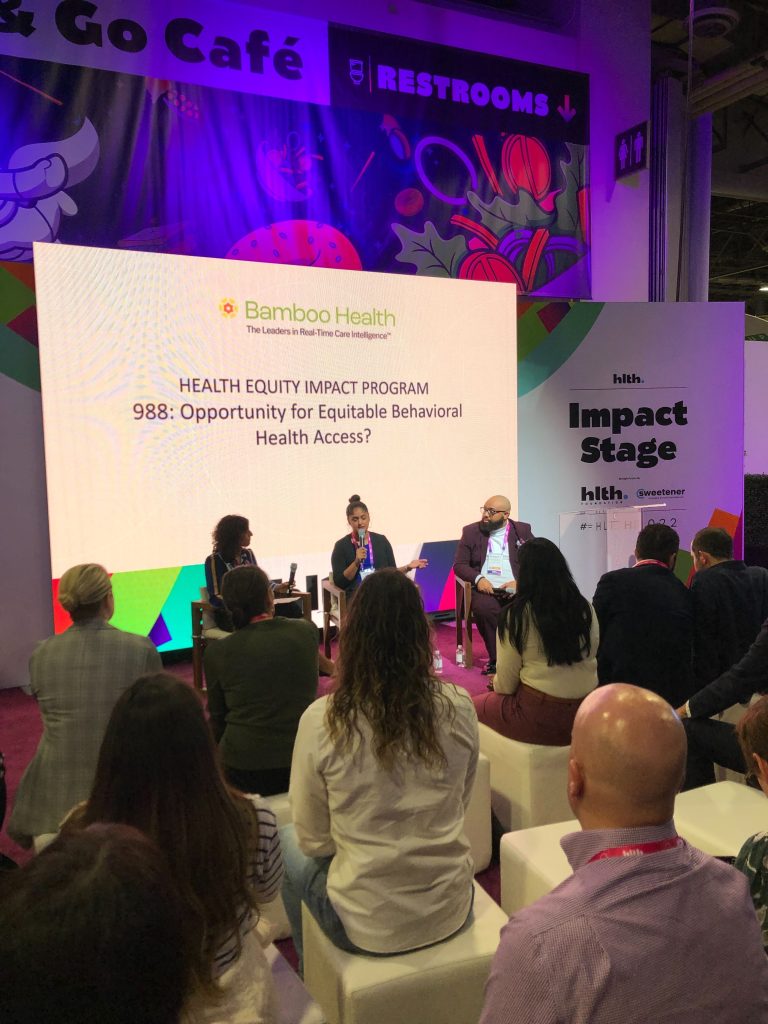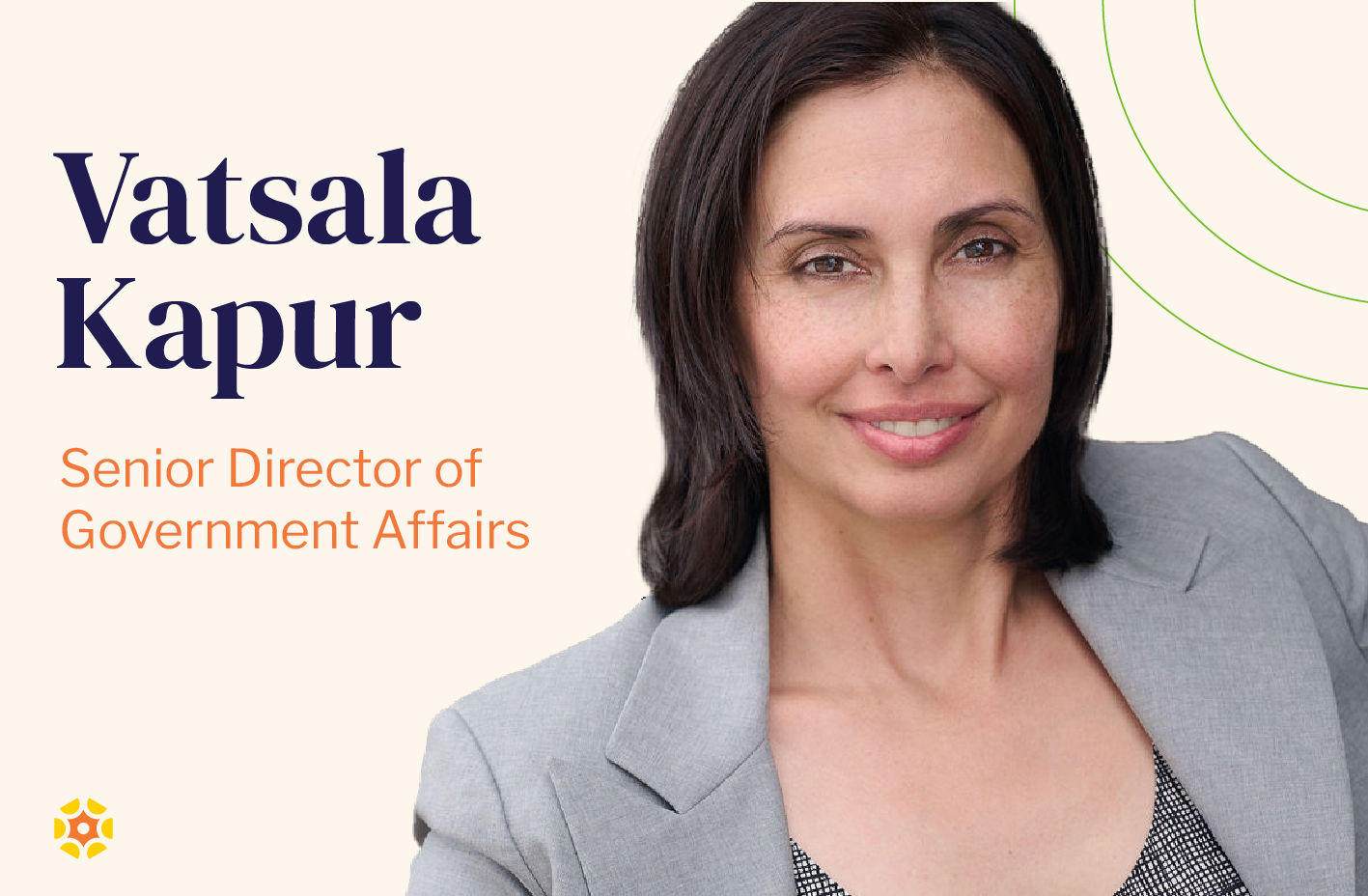As a healthcare technology company focused on delivering solutions that promote better patient outcomes by supporting clinicians at the point of care, Bamboo Health is deeply committed to addressing the opioid epidemic that has ravaged our nation for years. One way we support this effort is through our Prescription Drug Monitoring Program solutions.
PDMPs were created to track the prescribing and dispensing of controlled substances such as opioids. They were designed to provide healthcare providers with a tool to identify and prevent potential prescription drug misuse or diversion. By enabling prescribers and pharmacists to access real-time data on a patient’s dispensation history, PDMPs help identify patients who may have dangerous drug overlaps and combinations.
While states run their own PDMPs, robust integration solutions and interstate data sharing solutions enable data to flow beyond individual states and also make accurate, distilled insights available at the point of care or dispensing, within the clinical workflow via an EHR or pharmacy management system. The interstate data sharing solution, PMP InterConnect, is run by the National Association Boards of Pharmacy (NABP) with Bamboo Health as its technology vendor and enables interoperability for 52 of the 54 PDMP’s. Our PMP Gateway solution powers direct integration of PDMP data to 500 EHRs, PMS systems, e-prescribing platforms, and health information exchanges (HIEs) covering most prescribers and dispensers nationwide, a critical integration that allows the clinician to view controlled substance history populated directly within the patient’s medical record alongside their other vital health information.
Despite this progress and action to address the opioid epidemic, recently, there have been some myths propagated about PDMPs and their effectiveness. Let us look and dissect these inaccuracies.
“PDMPs are siloed.” The facts:
- PDMP data and analytics can be accessed through direct integration into electronic health records (EHR) or pharmacy management systems (PMS). Integration allows for one-click access to a patient’s multistate PDMP data within the patient’s health record, giving controlled substance insights right alongside the patient’s other health data.
- Most prescribers and dispensers across the country access this integration through our PMP Gateway solution, which provides a single point of access to healthcare providers in 46 states and territories. New studies from ONC found that more prescribers are accessing PDMP data directly within their workflow. The percentage of physician prescribers who accessed the PDMP through their EHR over a portal or secure website increased by 62% between 2019 and 2021. Read this blog to learn more.
- Currently 30 states and jurisdictions fund PMP Gateway, allowing clinicians free access to the integration solution. 46 states and territories allow for integration via PMP Gateway, with three additional states and territories with integration approval pending, meaning the vast majority of prescribers and dispensers nationwide can integrate PDMP data directly within their workflow.
“PDMPs don’t work.” The facts:
- Recent evidence from the Journal of the American Medical Association (JAMA) found decreased misuse of prescription opioids, decreased deaths, and increased treatment for substance use disorders from 2007 to 2018.
- PDMPs have allowed the medical community to improve what was a prescription drug misuse crisis. Now the crisis has evolved to involve heroin and fentanyl. We could have been facing a dual crisis of both prescription and illicit opioids if PDMPs had not been stood up to help manage prescription-controlled substance misuse. PDMP use and innovation must continue while also exploring more ways we can prevent use of illicit drugs and help those who use them get access to care and recover.
“PDMPs aren’t modernized.” The facts:
- PDMPs have achieved groundbreaking success based on their ability to rapidly deliver integrated access to data at point of care. Within the last seven years, PDMPs have shifted from a manual, web-portal based system to reaching most US providers through direct integration.
- Many states support their health information exchanges (HIEs) by providing free PDMP access via state-sponsored integration, making PDMP data accessible to more clinicians regardless of how they prefer to get the information.
- Bamboo Health continues to innovate with its customers. We’ve established industry-leading patient matching standards to ensure prescribers and dispensers have accurate data for their patients. In addition, we worked with customers for enhanced features such as indicators, intuitive data graphs, peer-to-peer messaging, and enhanced clinical tools. In addition, PDMPs are expanding to incorporate additional data such as naloxone administration, opioid treatment participation (with patient consent), non-fatal overdoses, and more.
- We work closely with our state and health system customers, taking feedback and incorporating new filters, indicators, and tools within our solutions so that clinicians can see a full range of information to inform patient care.
- NABP, as part of its commitment to interstate data sharing, has established a robust governance process with participating states who provide insight and advice on the ongoing evolution of PMP InterConnect.
PDMPs are an essential tool in the fight against the opioid epidemic. Bamboo Health is committed to working with healthcare providers and organizations to ensure that PDMPs remain an effective part of a comprehensive strategy to save lives and promote better patient outcomes and do so in a way that promotes interoperability.
By Nishi Rawat, MD, MBA, Chief Clinical Officer, Bamboo Health




